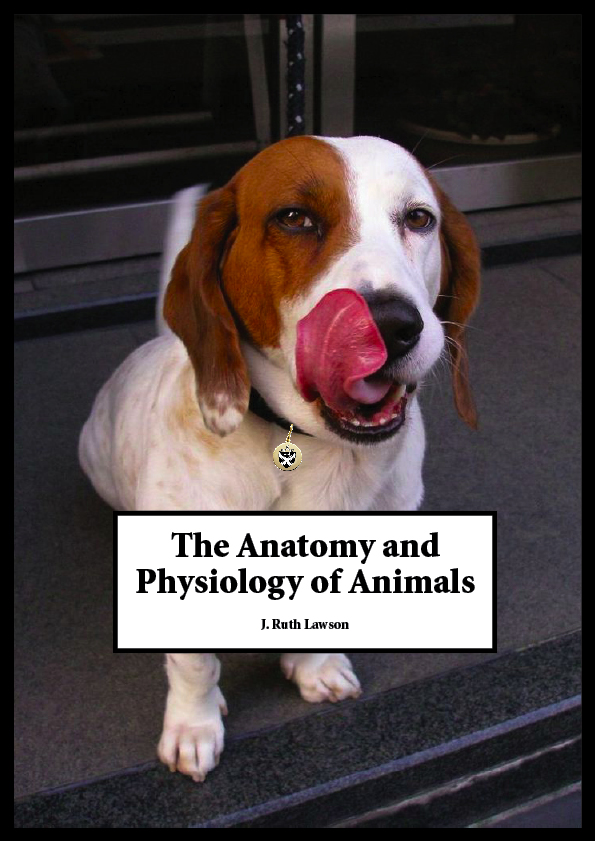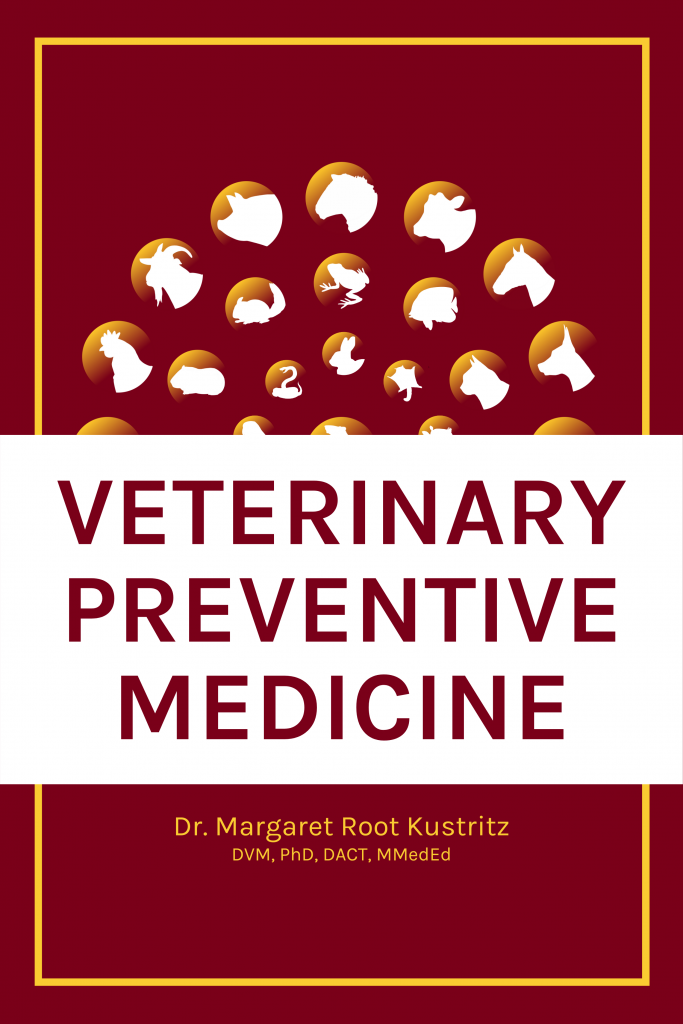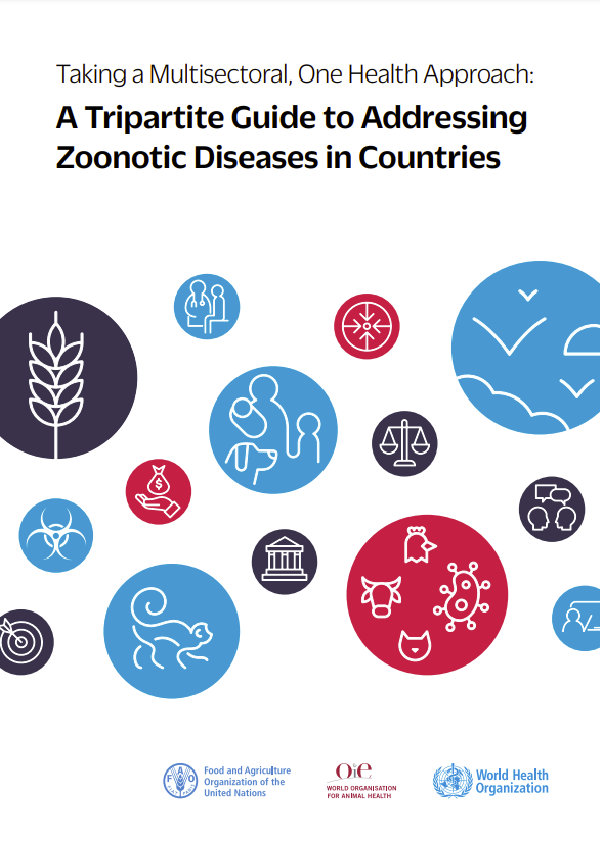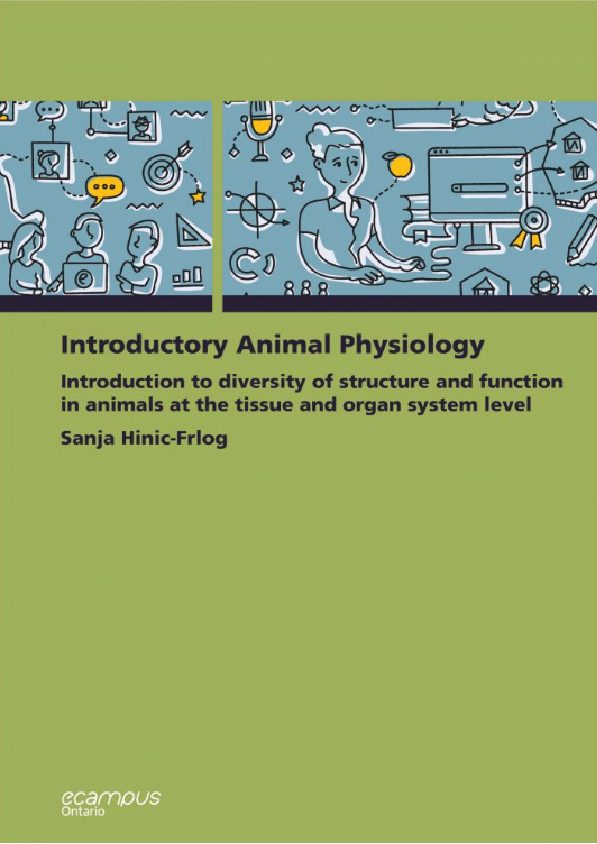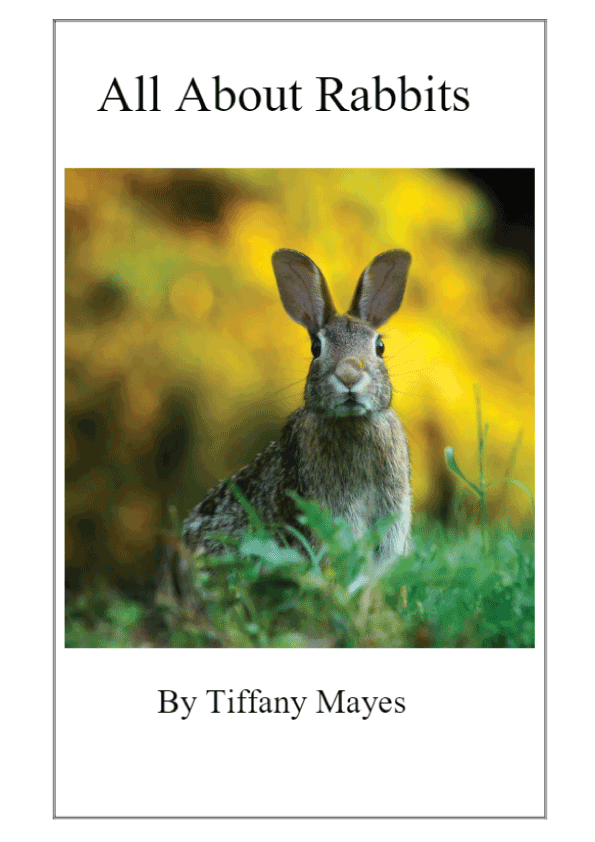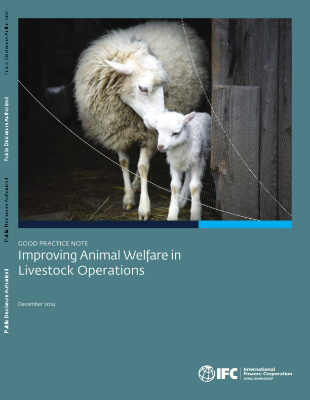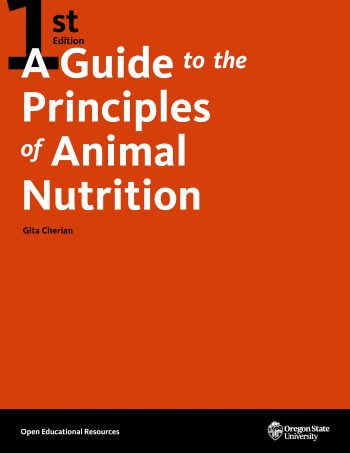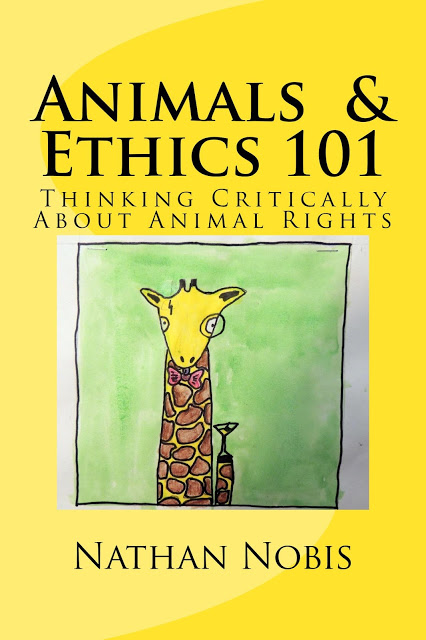Chemicals
Session Objectives
After completing this section, you should know the:
- symbols used to represent atoms;
- names of molecules commonly found in animal cells;
- characteristics of ions and electrolytes;
- basic structure of carbohydrates with examples;
- carbohydrates can be divided into mono- di- and poly-saccharides;
- basic structure of fats or lipids with examples;
- basic structure of proteins with examples;
- function of carbohydrates, lipids and proteins in the cell and animals’ bodies;
- foods which supply carbohydrates, lipids and proteins in animal diets.
Elements And Atoms
The elements (simplest chemical substances) found in an animal’s body are all made of basic building blocks or atoms. The most common elements found in cells are given in the table below with the symbol that is used to represent them.
Compounds And Molecules
A molecule is formed when two or more atoms join together. A compound is formed when two or than two different elements combine in a fixed ratio by mass. Note that some atoms are never found alone. For example oxygen is always found as molecules of 2 oxygen atoms (represented as O2).
Chemical Reactions
Reactions occur when atoms combine or separate from other atoms. In the process new products with different chemical properties are formed. Chemical reactions can be represented by chemical equations . The starting atoms or compounds are usually put on the left-hand side of the equation and the products on the right-hand side.
Organic And Inorganic Compounds
Inorganic compounds include water, sodium chloride, potassium hydroxide and calcium phosphate.
Water is the most abundant inorganic compound, making up over 60% of the volume of cells and over 90% of body fluids like blood. Many substances dissolve in water and all the chemical reactions that take place in the body do so when dissolved in water. Other inorganic molecules help keep the acid/base balance ( pH ) and concentration of the blood and other body fluids stable (see Chapter 8). Organic compounds include carbohydrates, proteins and fats . All organic molecules contain carbon atoms and they tend to be larger and more complex molecules than inorganic ones. This is largely because each carbon atom can link with four other atoms. Organic compounds can therefore consist of from one to many thousands of carbon atoms joined to form chains, branched chains and rings (see diagram below). All organic compounds also contain hydrogen and they may also contain other elements.
